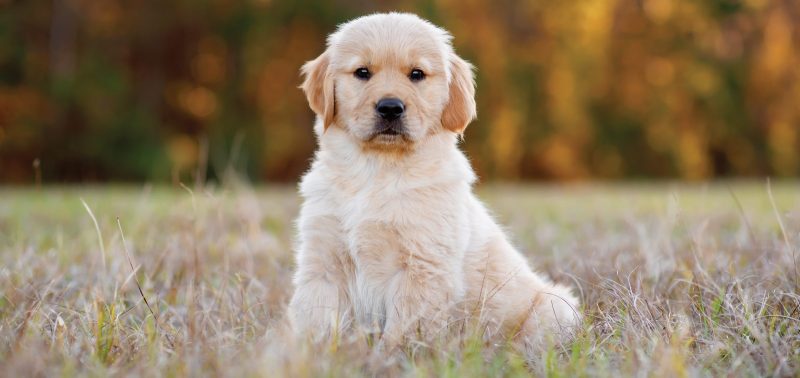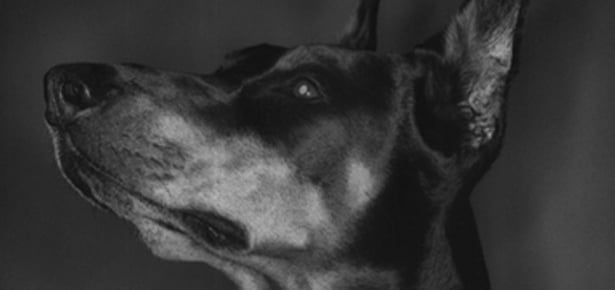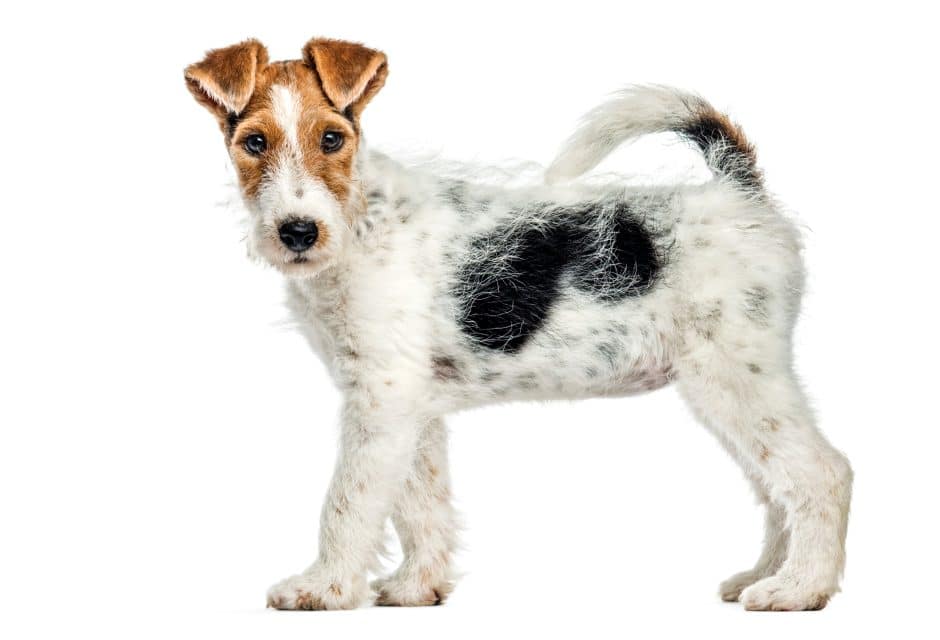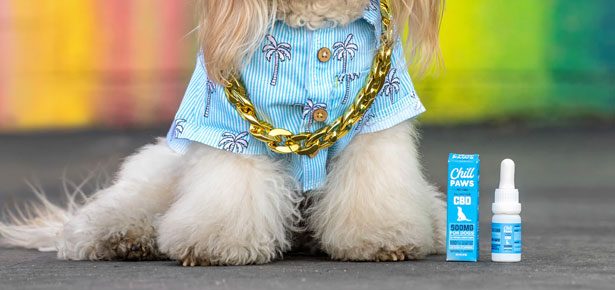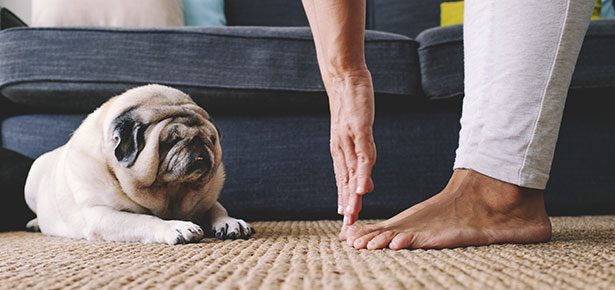
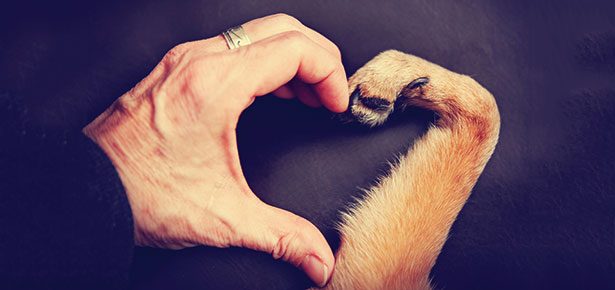
Pet Talk: Protecting Your Dog’s Paws
Give those paws some TLC!
As humans, we know the important role our hands and feet play in completing normal, daily activities. When any kind of injury affects the use of our hands and feet, we may find it very difficult to go about our regular routine. Just as humans depend on their limbs to complete daily activities, Fido’s paws are just as important to him. Running in the backyard, digging a hole for his bone and going for a walk in the park are all endeavors Fido would struggle with if he did not have healthy paws. To promote a healthy and active lifestyle, all dog owners should learn how to keep their pet’s paws free of injury.
One of the most common ways to injure your dog’s paws is by allowing them to step on an extremely hot or cold surface. In the Texas summer heat, concrete and wood pavements can become especially hot. If your dog is exposed to a hot surface for too long, it can potentially cause sores or blisters to develop on your dog’s paw pads. In extreme winter conditions, doggie booties might be necessary to avoid chapped pads or an infection from chemical ice melters.
Dr. James Barr, clinical assistant professor at the Texas A&M College of Veterinary Medicine & Biomedical Sciences, explains the most common summer and winter paw injuries. “The worst problems are that the pavement or other hard surfaces are extremely hot or cold. If the pet does not have a lot of protection on the feet or has a gait abnormality that causes it to walk strangely, then the unprotected areas can be hurt by the extreme temperatures,” he said. “Most of the damage is rubbing the surface off or actually burning the footpads. This can be very painful.”
Trimming the hair in between the paw pads can also reduce the risk of injury. Excess hair is more prone to painful matting and can also attract stickers or thorns. Sometimes foreign objects like pebbles can become lodged between a dog’s pads, so it is important to check and clean this area regularly with a pair of tweezers to avoid pain and infection. Owners should also keep their yard free of sharp or pointy objects to further reduce the risk of a paw injury. If the area doesn’t seem safe to walk in barefoot, then pets should be protected from the area until it is properly cleaned of debris. Should your dog’s paw become injured, Barr recommends obtaining a towel to wrap around the paw and to apply pressure until veterinary care arrives.
One of the most important parts of maintaining healthy paws is to regularly trim your dog’s nails. Nail trimmers are available at pet stores, but sometimes it may be easier and safer to have a professional grind down and round off the nail. If the nails are left to grow excessively, there can be serious consequences that can harm your dog. “The quick of the nail will grow as the nails get longer. This means that when the nails are cut, they can be damaged,” explained Barr. “The longer the nails are, the harder it is for your pet to walk on hard surfaces. Also, they are more likely to be caught on something and be torn off.”
While observing your dog’s nails you might also notice a dew claw, which grows higher up on the leg. A dew claw is similar to a thumb and can appear on both the front and back legs. Sometimes it is recommended to remove dew claws if they are deformed or get in the way of the dog’s daily activities. “Dew claws are analogous to our thumbs. They are a normal part of dogs’ feet, but they are not needed anymore in the normal walking of a dog,” explained Barr. “They are often recommended to be removed if they are misshapen or for cosmetic reasons. They can also be caught on things in the environment and can cause a painful injury.” If your veterinarian does not recommend removing Fido’s dew claws, it is still important to keep the nail properly trimmed to avoid the consequences of excessive nail growth.
Everybody loves a little extra TLC, including your pooch. Try going the extra mile and give Fido a relaxing paw massage by gently rubbing between the pads of his feet in a circular motion. You can even purchase a special pet-friendly moisturizer from your veterinarian to help relax your dog and prevent dry and chapped paw pads.
When you’re not pampering your pooch with special treatment, remember the essentials of maintaining healthy paws. Avoid surfaces that may expose your dog’s paws to extreme temperatures and keep your yard free of hazardous items. Trim Fido’s nails regularly as well as the hair between his paws. By keeping your dog’s paws healthy, your dog will be on the right track to living a happy and active lifestyle.
Join the newsletter and never miss out on dog content again!
"*" indicates required fields
By clicking the arrow, you agree to our web Terms of Use and Privacy & Cookie Policy. Easy unsubscribe links are provided in every email.
